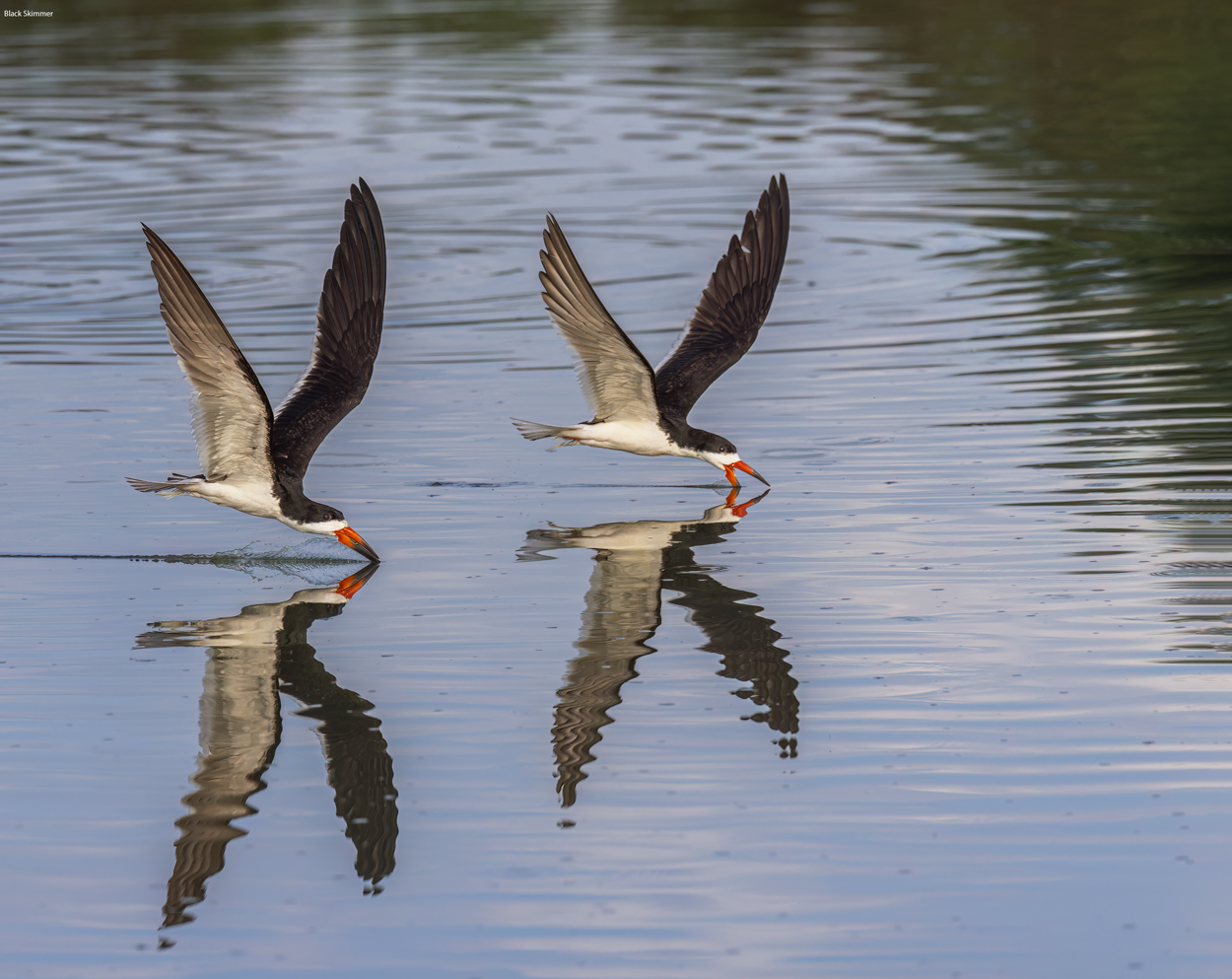I am processing some images I took last year at a wildlife reserve near our home, San Joaquin Wildlife Reserve. Unfortunately this location does not allow good positioning to take low point of view shots (have to stay on the trails along the lakes-cannot go down to the water’s edge), the variety of water birds make it a great location. What struck me about these images is the diversity of feeding behaviors and hence, the difference in beaks of the birds. These shots were all taken with a Canon R5, 100-500 mm lens, handheld. SS was faster than 1/3200. All processed in PS and cropped to about 75% FF. The first shot, an American Avocet, has a long upward curved beak (not shown in image) that the bird uses to push along the muddy bottom to stir up worms, etc. The second bird, al Long-billed Dowitcher, feeds in the same area but uses an up and down (“sewing machine motion) motion in the mud. Its beak is a long and straight. The third bird, a Black Skimmer, feeds in the same area (all of these shots were taken from virtually the same spot) but flys along the surface with its odd beak skimming the surface of the water. When the incredibly sensitive tongue detects a fish, the beak snaps shut and the bird swallows the fish.
Country United States
State California
Location San Joaquin Wildlife Reserve
Gender Unknown
Age Adult
Activity Feeding in the Wild, In or By Water
- Created Timestamp07/31/2023 14:33:23
- CameraCanon EOS R5
- Aperture7.1
- CreditJim and/or Deb Babbitt
- CaptionBlack Skimmer
- Copyright2024
- Focal Length324
- Iso800
- Shutter Speed1/3200

Incredible, tremendous photo!